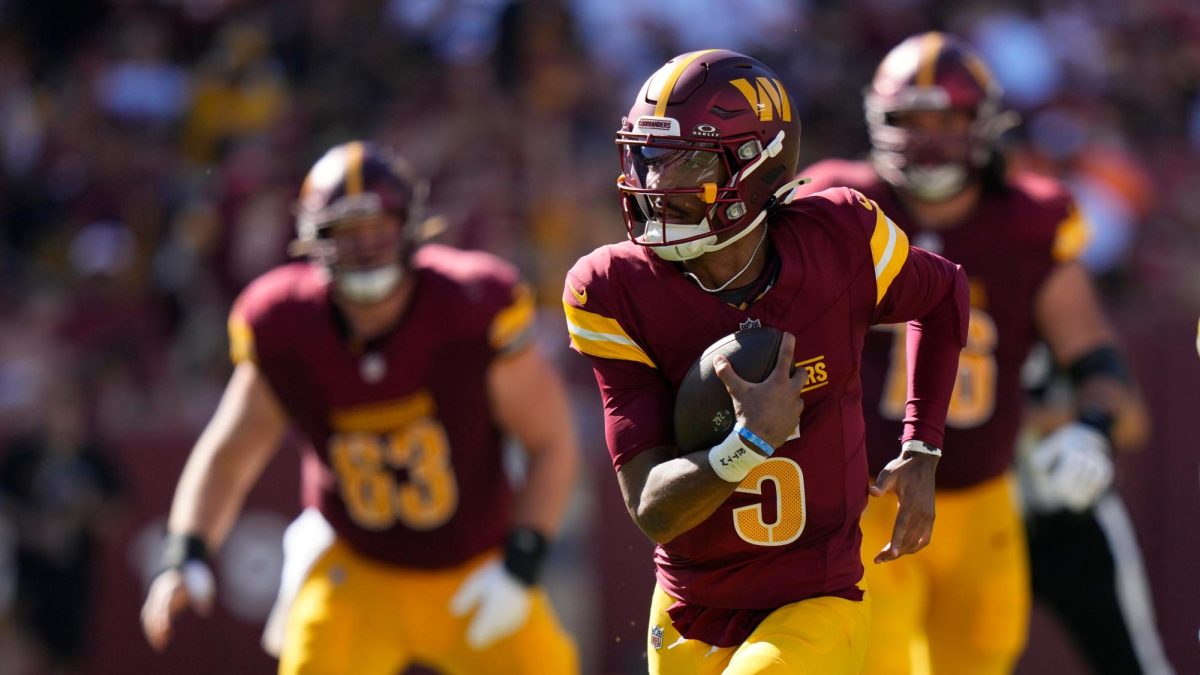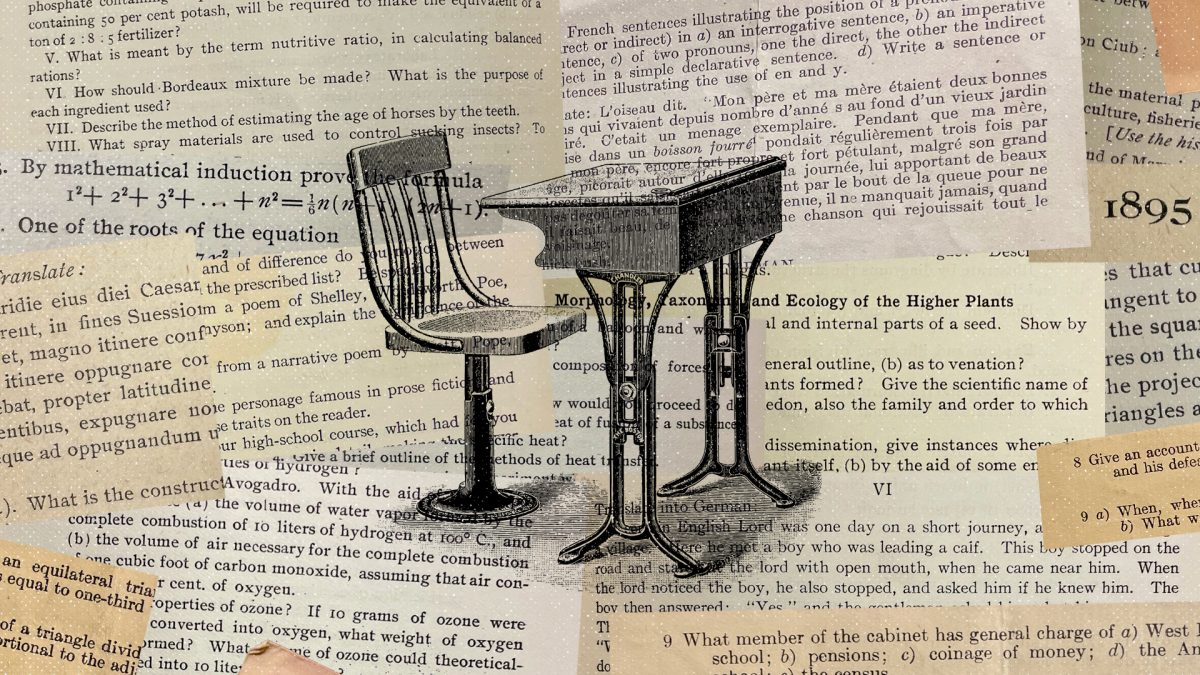Art is one of many industries technology has transformed. Traditionally, all forms of the arts are performed physically through painting on paper. However, with the emergence of computers and the advancement of computer graphics, a new form of art called Digital Art emerged.
Those technologies gave artists more convenient and innovative art creation tools and methods. For example, with popular drawing applications, artists can undo wrong strokes with a click of a button, apply gradients with a slide of a finger, and even generate videos or animations in the blink of an eye.
While drawing applications simplify many complex processes in drawing, digital art is much broader. With some programming, computers can create astonishing images, animations, and various visual effects. Many are used in fields such as entertainment, advertising, and web design.
However, with popularity comes doubt. Without a physical medium, many artists debate whether digital art is “real art”. In the comment section of many digital art videos exists different voices. Some argue that digital arts are a form of “cheating,” where digital artists focus too much on the tools instead of the art itself. Others argue that it’s real talent if someone makes hard things look easy. Moreover, digital art is heavily involved in NFTs, which are often associated with words like “scam”, “speculation”, and “overhyped”.
Just as the hotness of NFTs started to cool, a new wave of controversy arrived. Generative AI models like Midjourny, Stable Diffusion, and DallE quickly evolved and took over the trend. Generative AI Models can generate the entire image with a few sentences, which completely shifts people’s expectations and now causes massive debates in the art industry. Are AI-generated images meaningful and emotional? Should AI-generated art be considered plagiarism if it’s trained on existing artworks? If AI can make it better than me in one second, what is the point of learning drawing?
Nonetheless, art, by definition, is aimed to be appreciated primarily for its beauty or emotional power. As long as the work is pleasant and meaningful to you, and some other people, it is considered artwork and is worth the investment.






